Billions of snow crabs died as the population crashed, closing the fishery and sparking a search for the answer: They starved
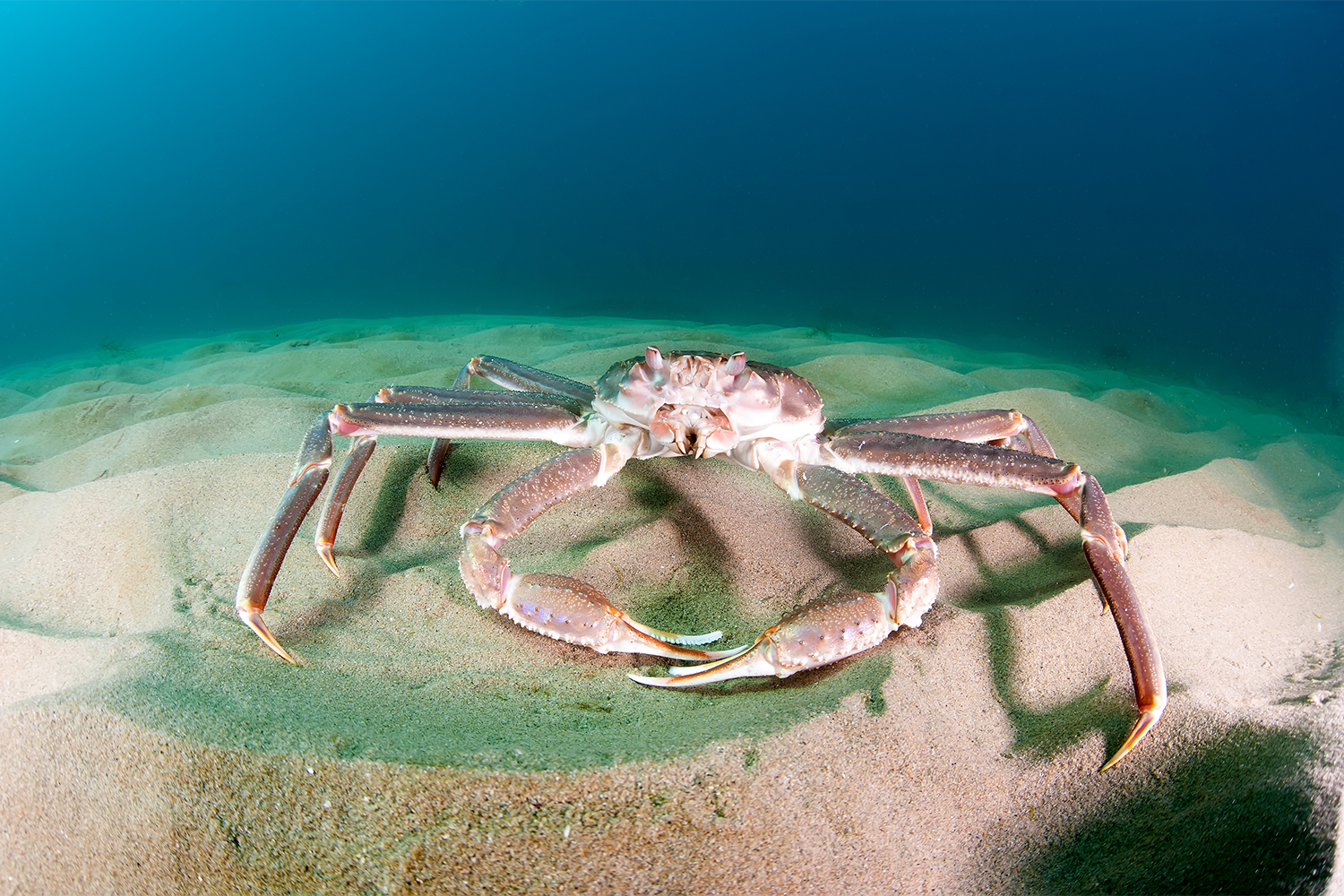
A 2018 National Marine Fisheries Service survey estimated the eastern Bering Sea snow crabs population at 11 billion crabs, the highest amount ever recorded. Three years later, the population crashed by more than 90 percent, closing the fishery for the first time in its history (it remains closed).
Where did all the snow crab go? What caused their disappearance? Did they move elsewhere? Did they die? Alaska fishery management is regarded as the best in the world – was this management error?
Two years ago, we published an interview with Cody Szuwalski, a researcher at NOAA and lead investigator on the snow crab collapse, speculating on what happened. Now, we have answers: A team of scientists seemed to have solved the mystery this fall with a paper published in Science, Szuwalski et al. 2023. They concluded that the crabs died from a warm water anomaly that sped up their metabolisms. In short, there wasn’t enough food to go around – they starved.
Lots of hypotheses
Szuwalski et al. 2023 reads like a detective story. First, the scientists had to figure out if the scientific sampling missed the snow crabs (i.e., they moved) or if they had, in fact, died. The survey for Tanner crab in the eastern Bering Sea was typical, meaning sampling didn’t randomly miss the snow crabs. Did they move? Movement to the north or west was ruled out as sampling data showed no additional snow crabs in those areas.
There was some evidence for movement south, lower on the Bering Sea slope, as catch per unit effort (CPUE) was higher in deeper waters in 2021. However, less than 10 percent of the deeper water is suitable for snow crab habitat, and CPUE was at all-time lows the following year; it is unlikely that 10 billion snow crabs could or would move to deeper water.
They must have died. But how?
According to the researchers, “Changes in temperature, predation, fishery effects, disease, and/or cannibalism could affect mortality rates.” In 2018 and 2019, a warm water anomaly in the Bering Sea raised ocean temperatures to the sea floor.
Marine heatwaves sometimes stay on the surface or at particular depths, but this particular one was felt throughout the water column. Crucially, the “cold pool” on the sea floor, critical for developing snow crabs, disappeared. Perhaps that led to higher predation rates by Pacific cod, which are increasingly migratory as ocean temperatures change, or increased bitter crab syndrome, a disease associated with higher temperatures.
The scientists built a population dynamics model to see the most influential changes in crab decline. They wrote that their “results do not support a strong connection between variability in snow crab mortality and indices of trawling, predation, cannibalism, or disease.”
Instead, temperature and population density were the key variables in the recent collapse.
Fisheries in Focus: What are fish aggregating devices and why is there debate about banning them?
Lots of crabs
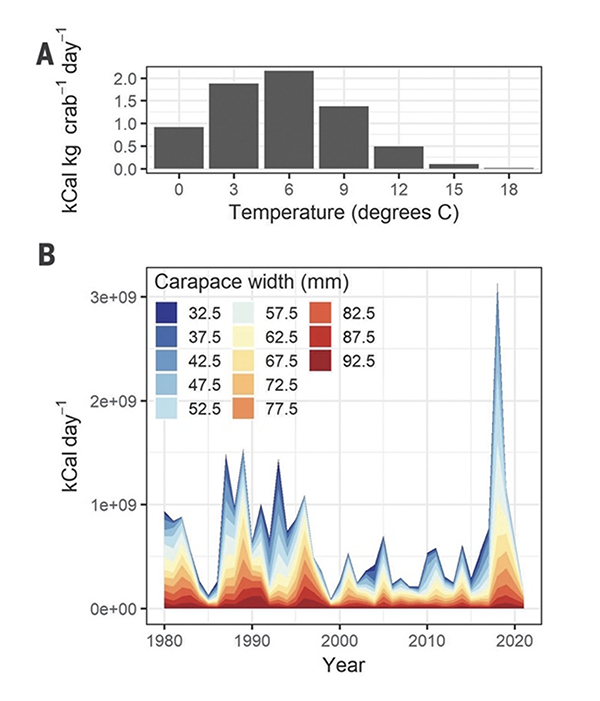
Eleven billion crabs don’t appear (or disappear) out of nowhere. Years before the marine heatwave, ocean conditions were perfect for snow crab spawning. The eastern Bering Sea had some of the best recruitment years ever. Evidence of a gigantic new generation of snow crab began to appear in 2015. By 2018, these crabs would be too big to be eaten by Pacific cod or cannibalized by larger snow crabs.
The warm water would have sped up their metabolisms, meaning they needed more food. With such a high population, the demand for food was off the charts. Sampling surveys at that time noted that crabs were significantly underweight for their size. Putting the pieces together, the scientists concluded that the high population of adult crabs competed for food and ultimately starved.
As for the fishery, the sudden disappearance of snow crabs has devastated Alaskan fishing communities. In 2020 and 2021, the fishery brought in U.S. $227 million and employed hundreds of people. Funding for fishery disasters takes years to process, and no money has been distributed yet – it may not arrive in time to save livelihoods. Szuwalski et al. 2023 will be significant evidence for the application.
The model and other data absolve fishing and bycatch from causing the decline in snow crabs. Fishing pressure in the Bering Sea has been stable and consistent for at least the last two decades, including during the development of the gigantic generation. The model and other data absolve fishing and bycatch from causing the snow crab decline.
Was this a ‘natural’ collapse?
The marine heatwave was undoubtedly exacerbated, if not caused by climate change. Coupled with the high population density of just-the-right-size snow crabs, the heatwave hit at the worst possible time to devastate the population. This collapse was unlike any other.
“The eastern Bering Sea snow crab population collapsed once before in the late 1990s, but that collapse arose from a lack of recruitment, not a sudden mortality event,” according to Szuwalski et al. 2023. “The Arctic Oscillation and sea ice have been linked to snow crab recruitment, and projections of recruitment suggest that snow crab abundances will decline in the future as sea ice disappears from the eastern Bering Sea. However, these declines were projected to occur at least 20 years from now. Given the recent collapse, the short-term future of snow crab in the eastern Bering Sea is precariously uncertain.”
Now that you've reached the end of the article ...
… please consider supporting GSA’s mission to advance responsible seafood practices through education, advocacy and third-party assurances. The Advocate aims to document the evolution of responsible seafood practices and share the expansive knowledge of our vast network of contributors.
By becoming a Global Seafood Alliance member, you’re ensuring that all of the pre-competitive work we do through member benefits, resources and events can continue. Individual membership costs just $50 a year.
Not a GSA member? Join us.
Author
-

Max Mossler
Max Mossler is the managing editor of sustainablefisheries-uw.org and is an employee of the School of Aquatic and Fisheries Sciences at the University of Washington. His writing and analysis are independent of the Global Seafood Alliance and are published on the Advocate with his permission.
Tagged With
Related Posts
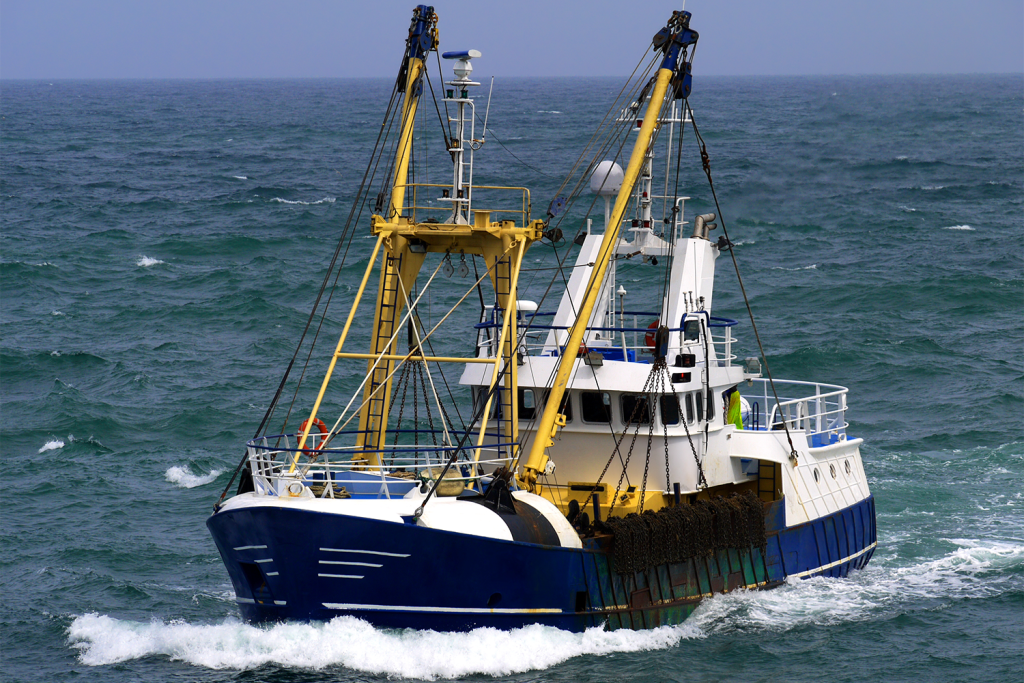
Fisheries
Fisheries in Focus: Busting misconceptions about bottom trawling and its environmental impacts
Fisheries researchers examine all environmental impacts of bottom-trawling and compare the fishing method to other forms of food production.
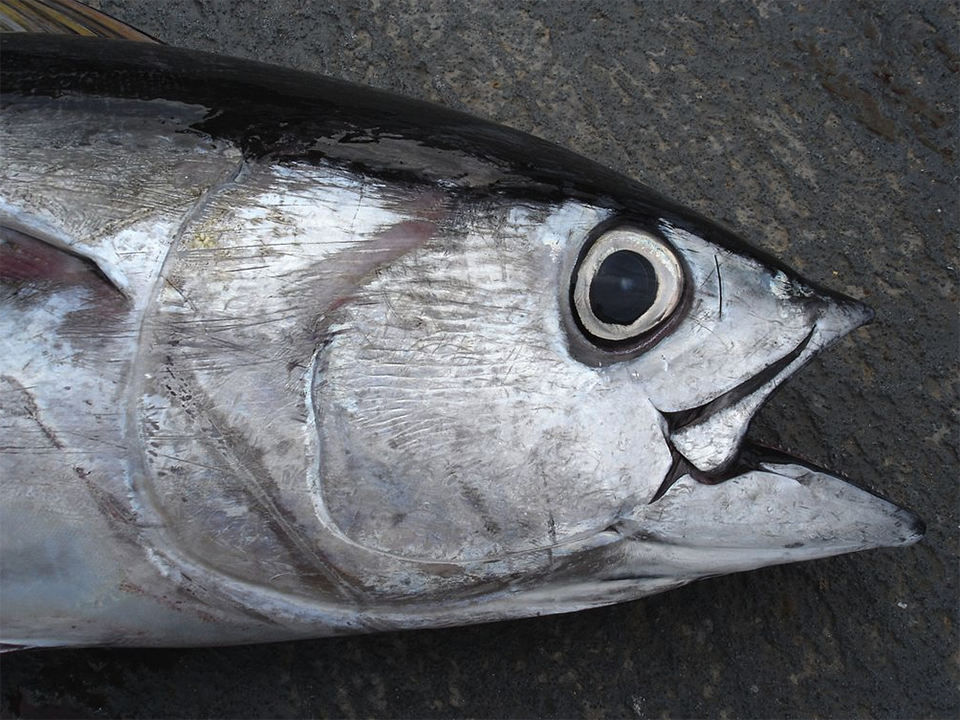
Fisheries
Fisheries in Focus: Marine protected areas don’t help tuna population, new paper shows
Using stock assessment and fishing data, researchers find that the Phoenix Islands Protected Area did not meaningfully increase the tuna population.
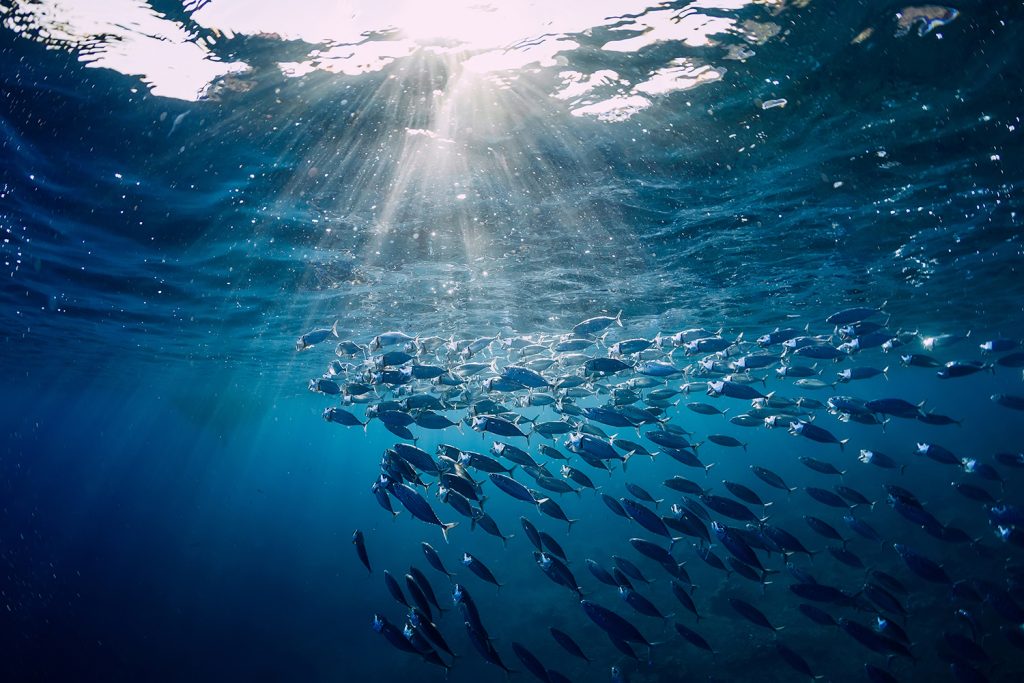
Fisheries
Fisheries in Focus: Tunas and billfishes are improving on the IUCN Red List – and it’s thanks to effective fisheries management
Sustainable Fisheries UW offers a rundown of the IUCN Red List and how tunas and billfishes benefit from strong fisheries management.
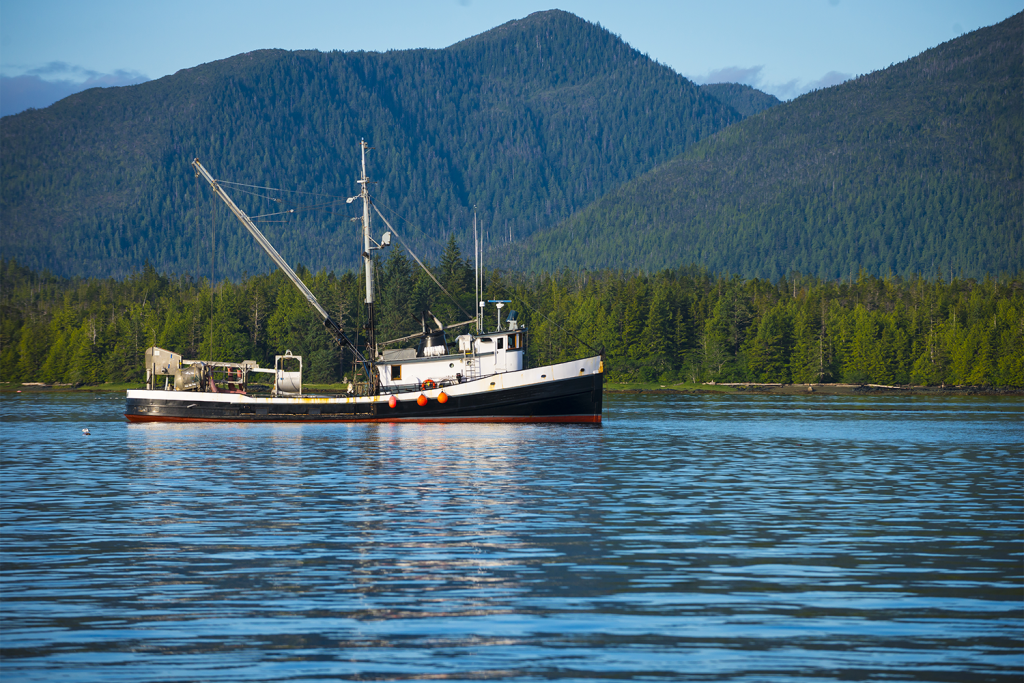
Fisheries
Fisheries in Focus: What is the Fisheries Management Index and what does it say about U.S. fisheries?
To properly evaluate a fishery management system, we need a measure of the management regime as a whole: Enter the Fisheries Management Index (FMI).


